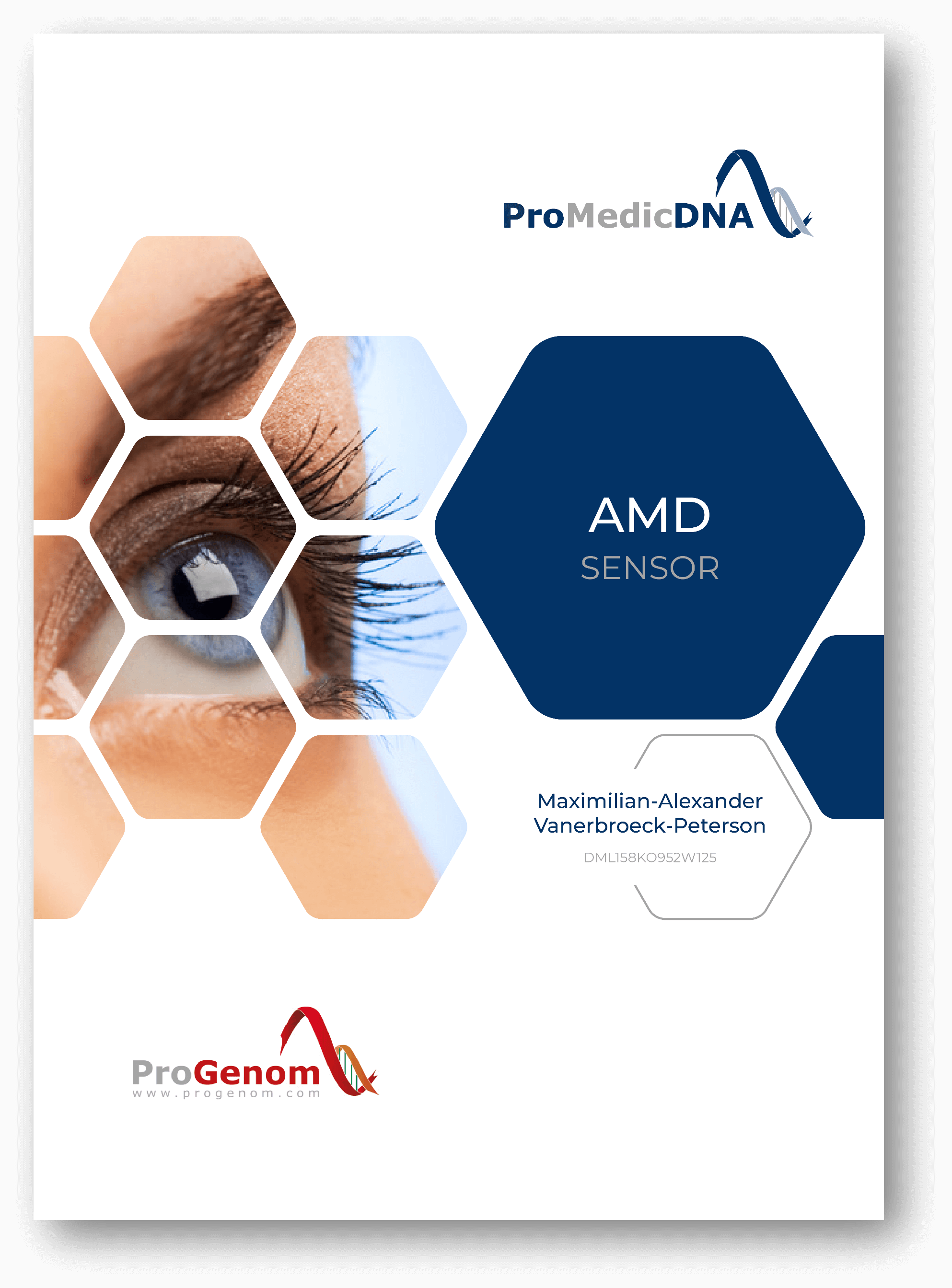Thrombosis – an Often Overlooked Danger
Thrombosis is a condition where blood clots (thrombi) form in the bloodstream. These can block certain blood vessels (veins), obstructing blood flow to the heart or areas in the brain, which can lead to tissue damage or even tissue death in the affected area.
If parts of the brain are affected, it is called a stroke. If blood flow to the heart is impeded, thrombosis causes a heart attack. A blocked blood supply to the lungs results in a pulmonary embolism. The most common form of thrombosis is reduced blood flow in the legs caused by a blood clot. There is a risk that the clot may dislodge and then block blood flow to the brain, heart, or lungs.
The key symptoms of thrombosis are swelling, pain with tenderness, a feeling of tightness, and red or bluish skin discoloration. Fever and a rapid pulse are also possible. If a blood clot affects blood flow to parts of the lungs, shortness of breath typically occurs. A heart attack often comes with chest pain, while a stroke involves paralysis and loss of speech. In the worst cases, thrombosis can even lead to death.
Thrombosis can be treated with compression bandages or stockings, elevation, anticoagulant medications, or a thrombectomy (surgery).
Increased Risk of Thrombosis Due to Gene Mutations
Anyone can develop thrombosis, but the risk is particularly high for pregnant or postpartum women.
In addition, certain gene mutations can further increase the risk of thrombosis. Gene mutations themselves do not cause symptoms, and symptoms only arise when a thrombosis occurs. Unfortunately, genetic predispositions are often only discovered after a thrombosis has occurred, although knowing about the increased risk allows for specific preventive measures that can prevent thrombosis in most cases. This is why analyzing the relevant genes is especially useful.
How Does Our Thrombo Sensor Work?
With our Thrombo Sensor, our laboratory analyzes the submitted saliva sample for the three gene variants that may increase the likelihood of developing thrombosis. We also examine how the genetic profile affects the tolerance of common medications.
This genetic test enables us to determine how likely a venous or arterial thrombosis is for the patient and whether specific preventive measures are required.
The results of the analysis are presented in a clear report, which also provides personal prevention recommendations and advises against potentially intolerable medications.
In this way, our Thrombo Sensor can play a valuable role in preventing thrombosis by helping individuals take timely action against existing risks.
Thrombo Sensor at a Glance
- Analysis of 3 genetic variants affecting thrombosis risk
- Risk assessment for arterial and venous thrombosis
- Medication compatibility testing
- Reliable & ISO-certified testing in our laboratory
- Comprehensive evaluation of test results
- Personal recommendations for thrombosis prevention



























